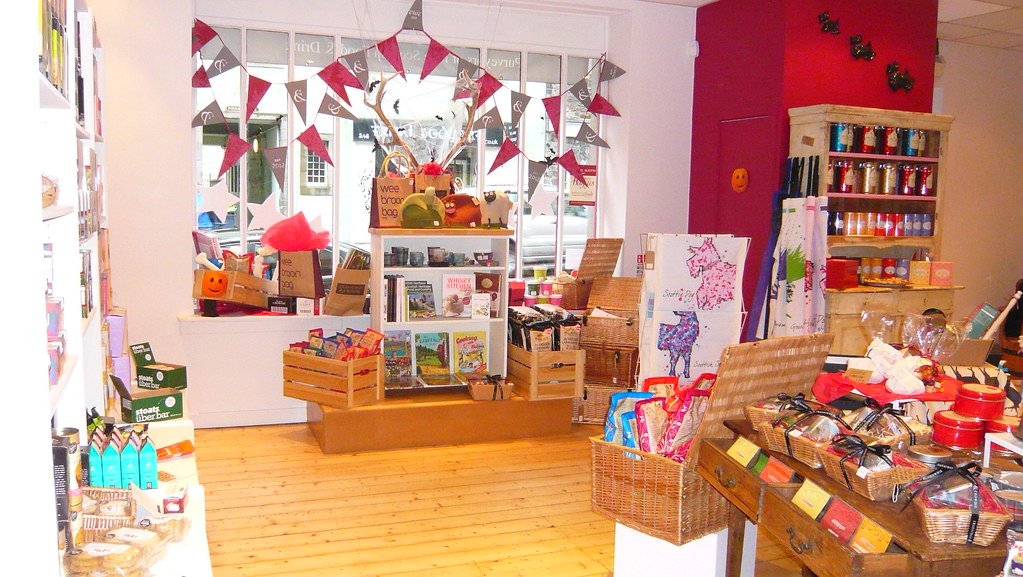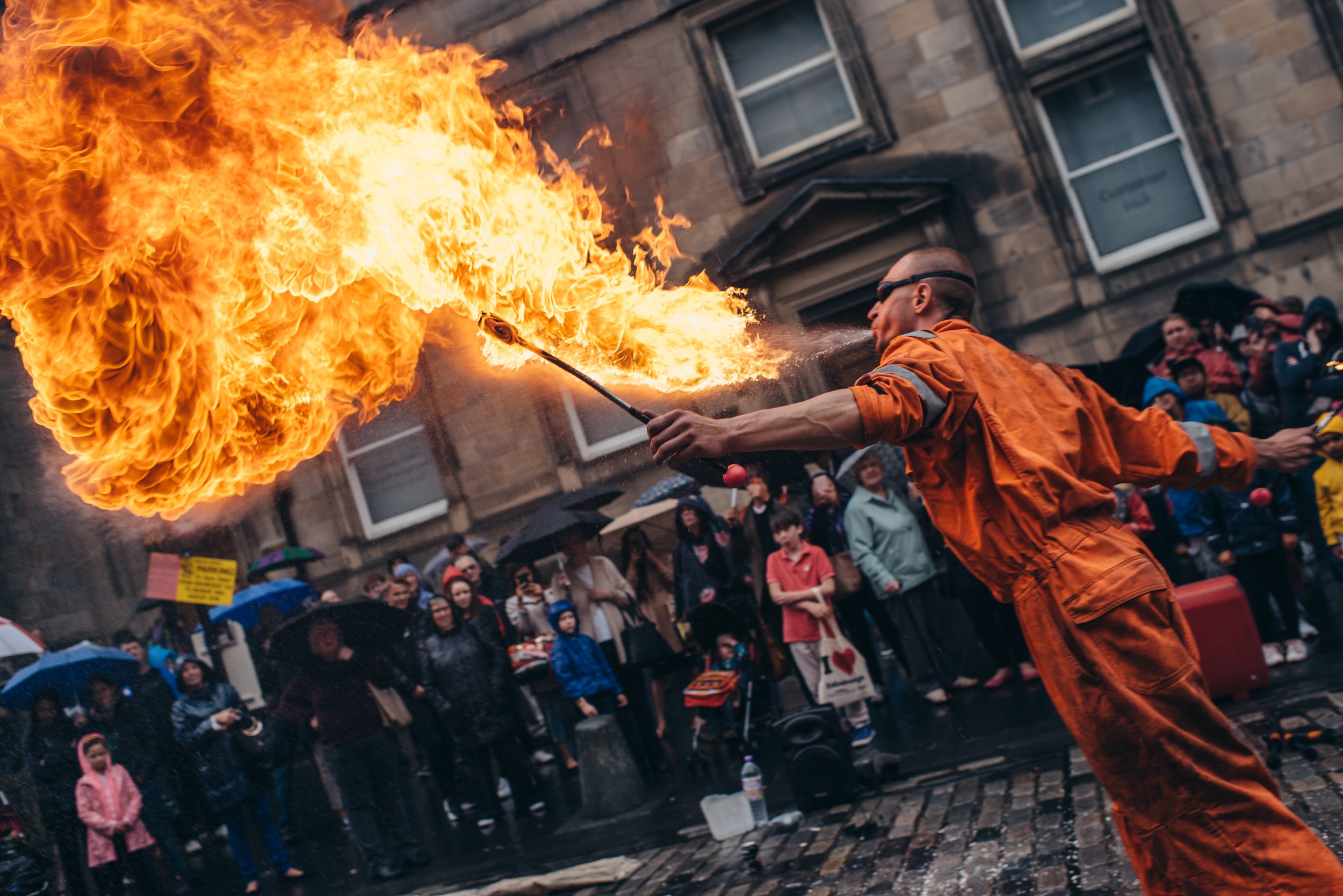Whether you come for the cloisters, the cask-aged whisky, or the odd ghost tour that starts with “This spot, right here,” and ends with “...and they say it never left,” prepare to have your senses thoroughly romanced—and occasionally startled. Here’s how to do the Royal Mile like a savvy traveler who appreciates centuries… and scotch.
Ah, Edinburgh—the city that wears its history like a velvet cloak. Nowhere is that more evident than the Royal Mile, the spine of Scotland’s capital and a veritable time machine of turrets, tales, and tantalizing tartan shops. Stretching from the brooding bulk of Edinburgh Castle down to the rarely-unbreezy Holyrood Palace, the Royal Mile is a wanderer's delight and a footsore historian’s dream.
📍 Where Past Meets Pub: What Is the Royal Mile, Exactly?
At the zenith, you’ll find Edinburgh Castle, a fierce fortress perched like a crown on an extinct volcano. Tours here are mandatory—unless you’re allergic to jaw-dropping views and 1,000-year-old battle stories. At the base lies the Palace of Holyroodhouse, still regularly dusted for dignity in case the King pops in. Sandwiched between these landmarks? Everything from centuries-old wynds (alleys) to cashmere shops where the price tags are scarier than the ghost walks.
The Royal Mile isn’t just a single street but an aristocratic artery made of four: Castlehill, Lawnmarket, High Street, and Canongate. It’s exactly one Scottish mile long (a smidge longer than a regular mile, because why not?), clinging to the backbone of an ancient glacial ridge that unfurls like a tartan carpet from castle to palace.
🏰 Landmarks to Lose Yourself In (Literally)
1. St Giles’ Cathedral: Gothic drama on High Street with an iconic crown spire. Its Thistle Chapel, filled with ornate woodwork, looks plucked from the set of Game of Thrones if the designers had gone to Oxford first.
2. Real Mary King's Close: Ever wanted to tour 17th-century alleyways buried beneath your feet? Of course you have. Descend into Edinburgh’s underbelly and hear stories of plague, pestilence, and public sanitation systems best left unaired.
3. John Knox House: Part museum, part time capsule, and entirely the kind of place where you’ll mutter “They lived like this?” at least eight times—more if you’re American.
4. Scottish Parliament Building: Located near Holyrood, this ultra-modern swirl of concrete and oak baffled residents when it opened. Love it or loathe it, it’s open to visitors and filled with the bones of Scottish democracy.
🍽️ Eat, Drink, and Be Slightly Surprised by Haggis
The Royal Mile isn’t just a treat for the eyes—it also feeds the stomach. Here history meets modernity in curious culinary collisions (think: whisky-infused neeps).
Try haggis (the infamous sheep-based dish that tastes like meatloaf with a murkier past) at The Royal McGregor, paired with a dram of single malt. For modern fare with Gaelic flair, The Angels with Bagpipes, on High Street, serves contemporary Scottish cuisine in a building that’s older than the USA.
For sweet relief, head to the Fudge House of Edinburgh, where the sugar-to-body-ratio momentarily tips into the dangerous zone. Find something more sedate at Clarinda’s Tearoom near Holyrood—where china teacups soften the blow of wandering five centuries on cobbled stones.
🛍️ Souvenirs With Soul (and Some That Are Just Socks)
Yes, there are tourist traps: tartan kilts as overpriced as the Crown Jewels and bagpipes sold to baffled couples who will regret it by Heathrow. But amidst the kitsch are gems.
Check out Cranachan & Crowdie, an indie shop filled with artisan Scottish goods—think small-batch gins, smoked oatcakes, and marmalade with more whisky than your uncle at Hogmanay.
🕯️ Eerie Edinburgh: Ghost Tours and Ghoulish Tales
Check out the underground Vaults tour with Mercat Tours or join City of the Dead Tour for access to Greyfriars Kirkyard’s infamous Mackenzie Poltergeist. Come for the scare, stay for the stories.
Of course, it wouldn’t be the Royal Mile without a liberal sprinkling of spectral lore. Ghost tours abound after dark; from the theatrical to the genuinely unsettling, each offers a unique look into Edinburgh’s noirish past. Not for the faint of heart, especially if you’re still digesting haggis.
🎭 Festivals on the Mile: The Mile That Moves
Every August, the Royal Mile becomes the pulsing heart of the Edinburgh Festival Fringe, where jugglers, stand-up comedians, acrobats, and half-naked performance poets collide for crowd space. Even the statues seem to start performing.
Bookmarks also mark calendar highlights: Hogmanay (New Year’s Eve) and Burns Night pour poetry and pyrotechnics into the cobbled corners. Dress appropriately—it’s Scotland, after all.
Plan Your Visit
🗺️ Ready to roam? The Royal Mile welcomes millions of tourists each year and remains astonishingly walkable, despite being uphill either way. For current visitor info and accessibility, head to the city’s official tourism site: https://edinburgh.org/
FAQs About Edinburgh’s Royal Mile
Q: Is the Royal Mile wheelchair accessible?
A: Parts of it, yes—but the cobblestones and steep inclines can be challenging. Many historical buildings lack full accessibility. Check ahead for individual sites.
Q: Can you visit both Edinburgh Castle and Holyroodhouse in one day?
A: Technically, yes. But you’d be skimming greatness. Do both if you must, but wear good shoes, pack snacks, and remember to break for whisky.
So lace up, layer up, and loosen your expectations. The Royal Mile may be just a mile long, but it’s a journey through a thousand stories. And possibly a whisky or two.
Happy haunting—er, hiking.
Q: How long does it take to walk the Royal Mile?
A: Without pit stops? 20-30 minutes. With photo-taking, castle-ogling, pint-sipping, and historical reverence? All afternoon.
Q: What's the best time of year to visit the Royal Mile?
A: August is buzzing because of the Fringe Festival, but for quieter charm and manageable weather, May and September strike the balance.
Q: Are guided tours worth it?
A: Absolutely. You’ll see more in a few hours with a seasoned guide than in a week of solo wandering. Try Mercat Tours or Sandemans New Europe for different vibes.






















































































